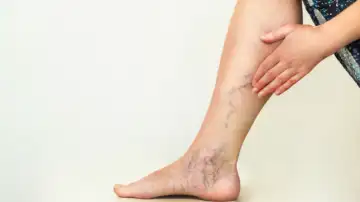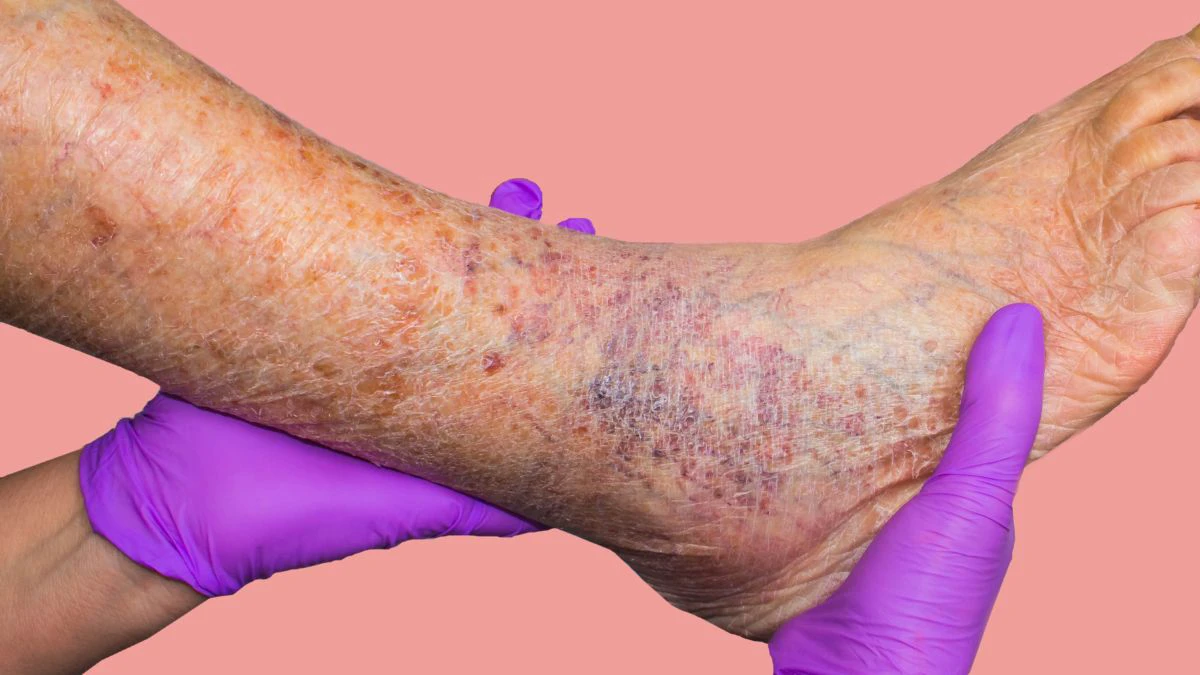Varicose veins are more than just a cosmetic concern; they’re often a sign that something isn’t working quite right in your circulation.
These twisted, enlarged veins, most commonly found in the legs, occur when tiny one-way valves inside your veins weaken or fail, allowing blood to pool instead of flowing efficiently back to the heart. Over time, this buildup creates visible, often painful veins that can lead to swelling, discomfort, and more serious complications if left unaddressed.
While they might seem inevitable, especially if you have a family history or a job that requires long hours of standing, varicose veins are often manageable and even preventable, with a few simple lifestyle changes. In conversation with The Daily Jagran, Dr. Nandan Vemuri, Consultant – Vascular Surgery, Manipal Hospital, Vijayawada, shares why varicose veins happen, the early warning signs you shouldn’t ignore, and the most effective fixes to keep them from becoming a bigger health issue.
Why Varicose Veins Appear?
There are a few risk factors for varicose veins. Those include long periods of standing or sitting, getting older (as veins lose elasticity), hormonal changes in pregnancy or menopause, obesity, and a family history of vein issues. Professions that demand a person to stand for hours on end, like teachers, nurses, or retail workers, can also make it more likely for you to get varicose veins.
Symptoms Of Varicose Veins
Symptoms at this stage can include an achy or heavy feeling in the legs; swelling and cramping or throbbing pain, especially after sitting or standing for long periods of time. Dr. Nandan Vemuri mentions, “In a few instances, the skin near the veins may darken or itch, which are signals of advancing vein disease.”
Quick Fixes Of Varicose Veins
The good news is that there are quick fixes to help control or prevent varicose veins from becoming a problem. Dr. Nandan Vemuri states, “Lifting your legs above your heart when you rest, getting regular exercise such as walking or swimming, and staying at a healthy weight all promote better blood flow.” Wearing lower heels and looser clothes also takes pressure off leg veins.

Prevention Of Varicose Veins (Image Credits: Canva)
The use of compression stockings is a widely accepted form of conservative treatment, and it supports vein function by providing a solid squeeze that reduces swelling and enhances circulation in your legs.
Dr. Nandan Vemuri says, “In association with nail fold capillaroscopy, the following conditions and diseases should at least encourage consultation with a vascular specialist for the stubbornest or severe forms. Minimally invasive procedures such as endovenous laser therapy, foam sclerotherapy, or microphlebectomy are very effective and require little downtime.”
Don’t ignore the signs. Treating your varicose veins early with some minor lifestyle changes and timely medical advice will help you become more comfortable and prevent complications, and help you enjoy better vein health and overall quality of life.
